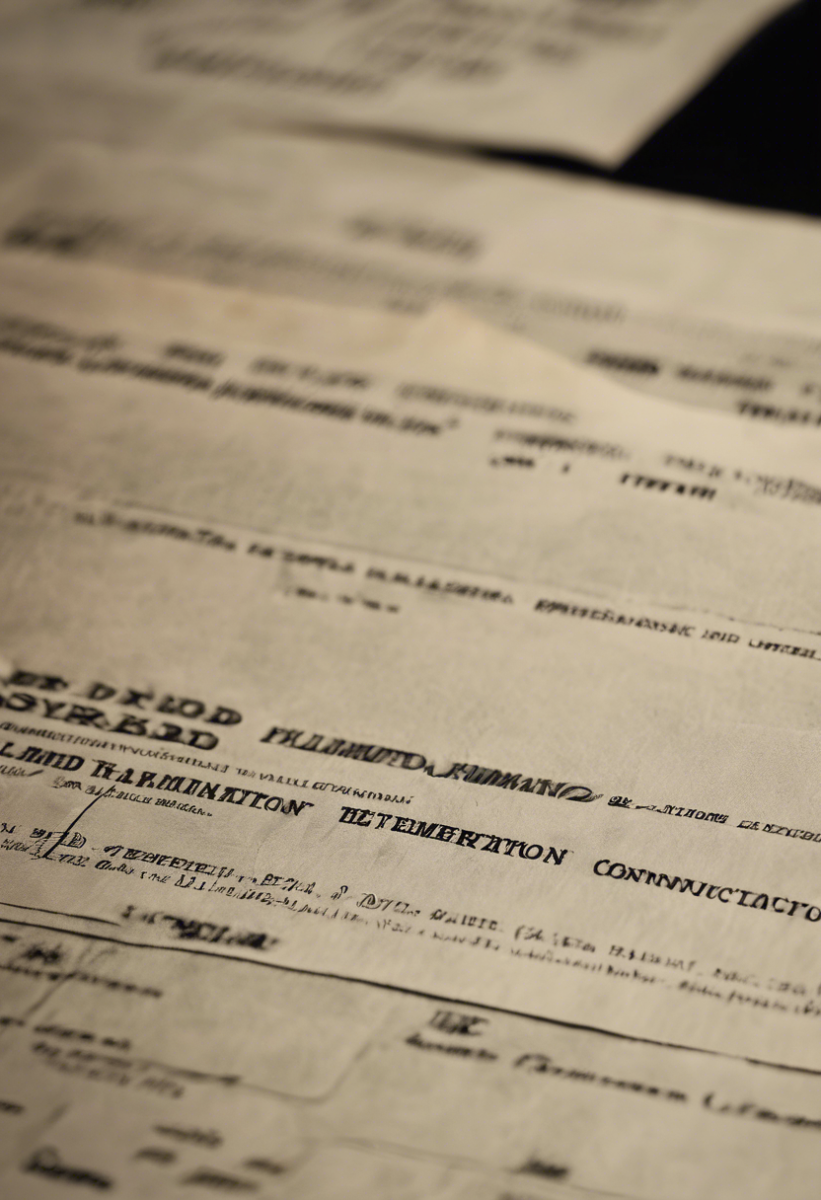Sources
- https://www.congress.gov/
Official website of the U.S. Congress, providing authoritative information on the legislative process, bill introductions, and voting procedures. - https://www.usa.gov/how-laws-are-made
A reliable government resource explaining the step-by-step process of how federal laws are made in the U.S., including the roles of the House, Senate, and President. - https://www.whitehouse.gov/about-the-white-house/our-government/the-legislative-branch/
Official White House page detailing the structure and functions of the legislative branch, including the process of passing bills and overriding vetoes. - https://www.senate.gov/reference/reference_index_subjects/Laws_and_Regulations_vrd.htm
U.S. Senate's official reference page on laws and regulations, providing detailed insights into the legislative process and historical context. - https://www.law.cornell.edu/wex/legislative_process
Cornell Law School's Legal Information Institute offers a comprehensive and authoritative overview of the federal legislative process.
Key Points
- The US Congress, consisting of the House of Representatives and the Senate, is responsible for creating federal laws.
- A bill can be introduced by senators or House members and undergoes a legislative process with multiple readings and votes.
- A presidential veto can be overridden by a two-thirds vote in both chambers of Congress, allowing the bill to become law.
- Understanding the legislative process is crucial for informed and empowered citizenship in a democracy.
- Every US citizen has a stake in the laws made by the country, emphasizing the importance of legislative knowledge.
- Constitutionus.com aims to guide individuals through the complexities of the legislative process.
- Latest news highlights include advice against Friday surgeries, updates on Ukraine's Special Operations Forces, and financial tips on maximizing returns.
- Staying informed about legislative processes and current events is key to effective democratic participation.
Summary
This blog post explains the US federal lawmaking process, highlighting how bills are introduced, voted on, and can override a presidential veto with a two-thirds congressional vote. It emphasizes the importance of understanding these legislative steps to be an informed citizen. The post also includes a mix of news updates and encourages readers to visit their website for more detailed information.
Hello!
We dive deep into the complexities of US federal law, providing you with valuable understanding and insights to succeed.
Stick around for some interesting news and a personal touch. You wouldn’t want to miss out!
Want more detailed information? Visit our website.
Main Points:
- The United States Congress, composed of the House of Representatives and the Senate, is responsible for making federal laws.
- A proposed bill can be introduced by both senators and members of the House, followed by a legislatorial process involving multiple readings and votes.
- A bill, if vetoed by the president, can still become a law if both chambers of the Congress override the veto with a two-thirds vote.
A Personal Touch:
At constitutionus.com, we believe that understanding the fundamental processes of our democracy helps us to become informed and empowered citizens. The journey through the legislative process is complex but vitally important. We’re here to guide you, one law at a time.
Key Lesson:
Every US citizen holds a stake in the laws our country makes. Understanding the legislative process is paramount to being an informed citizen and contributing effectively to our democracy.
Latest News:
- Don’t get surgery on a Friday
- A soldier in Ukraine’s Special Operations Forces told BI that the upgrade was an adjustment for some, but they got the hang of it
- CD, Checking, and Savings Rates Today: Maximize Your Returns
Thank you for taking the time to stay informed. Until next time, Goodbye from the team at constitutionus.com.
Frequently Asked Questions
What are the two chambers of the United States Congress?
How can a bill become a law if it is vetoed by the president?
Who can introduce a proposed bill in the US Congress?
Why is understanding the legislative process important for US citizens?
Where can I find more detailed information about US federal law?
How useful was this post?
Click on a star to rate it!
Average rating / 5. Vote count:
No votes so far! Be the first to rate this post.
We are sorry that this post was not useful for you!
Let us improve this post!
Tell us how we can improve this post?






